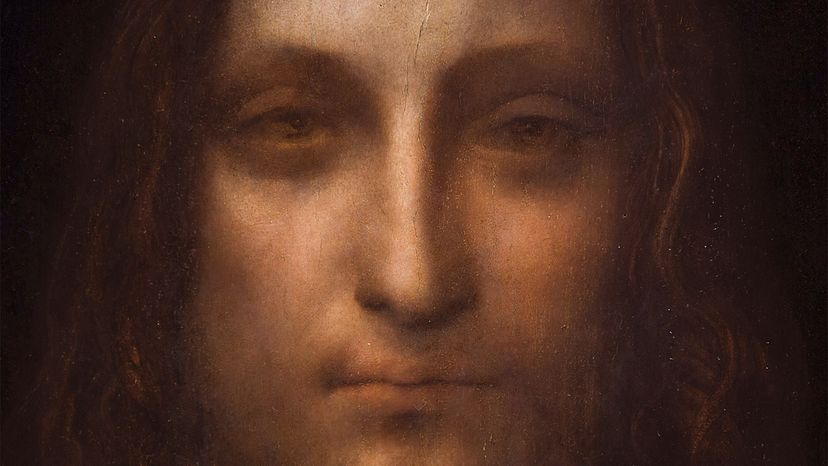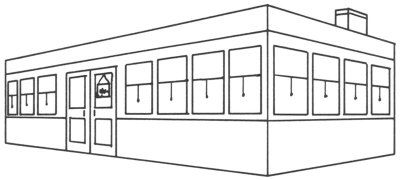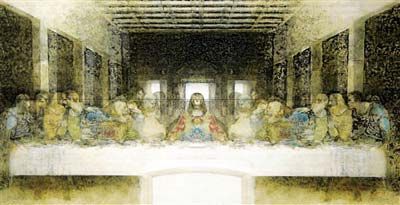
The enigmatic smile on the face of the "Mona Lisa" has generated admiration and discussion for centuries.
But another feature in Leonardo da Vinci's portraits is now creating a buzz — the eyes.
Advertisement
Researcher Christopher Tyler, writing in the Oct. 18, 2018 issue of the medical journal JAMA Ophthalmology,said da Vinci may have had a rare eye disorder called exotropia. Tyler said that may have contributed to his unusual ability to produce three-dimensional scenes on two-dimensional paper or canvas.
Exotropia is a form of strabismus, a condition in which a person's pupils do not line up while focusing on an object.
One pupil of a person with exotropia shifts outward, impairing the person's depth perception. The three-dimensional perspectives in a rural scene, for example, are received by the brain as a flat image, or a monocular image. Normal vision registers the scene as a binocular, 3-D image.
Tyler is a professor in the School of Health Sciences at the University of London, and he also serves as a team leader studying depth perception at San Francisco's Smith-Kettlewell Eye Research Institute. He based his research on examinations of six art pieces:
- Sculptor Andrea del Verrocchio's "David" and "Young Warrior" — da Vinci allegedly was the model for both statues
- da Vinci's self-portrait paintings "Young John the Baptist" and "Salvator Mundi"
- his drawings "Vitruvian Man" and a suspected self-portrait painted at an advanced age.
Tyler measured the pupils, irises and eyelids of each eye in these artworks and discovered that each shows an exotropic tendency with a pupil in one eye turning outward.
If da Vinci's condition were intermittent, Tyler suggested, he would be able to view an object with binocular vision when his eyes were focused and with monocular vision when they were relaxed. Such a condition would contribute to his unique ability, for his time, to translate 3-D objects and scenes into two-dimensional images on flat surfaces.
Similar studies of self-portraits by the Dutch artist Rembrandt and photos of numerous more recent artists show signs of them having had a condition called amblyopia, also called lazy eye.
Tyler's hypothesis may not be conclusive, but it is something to keep your eye on.
Advertisement

